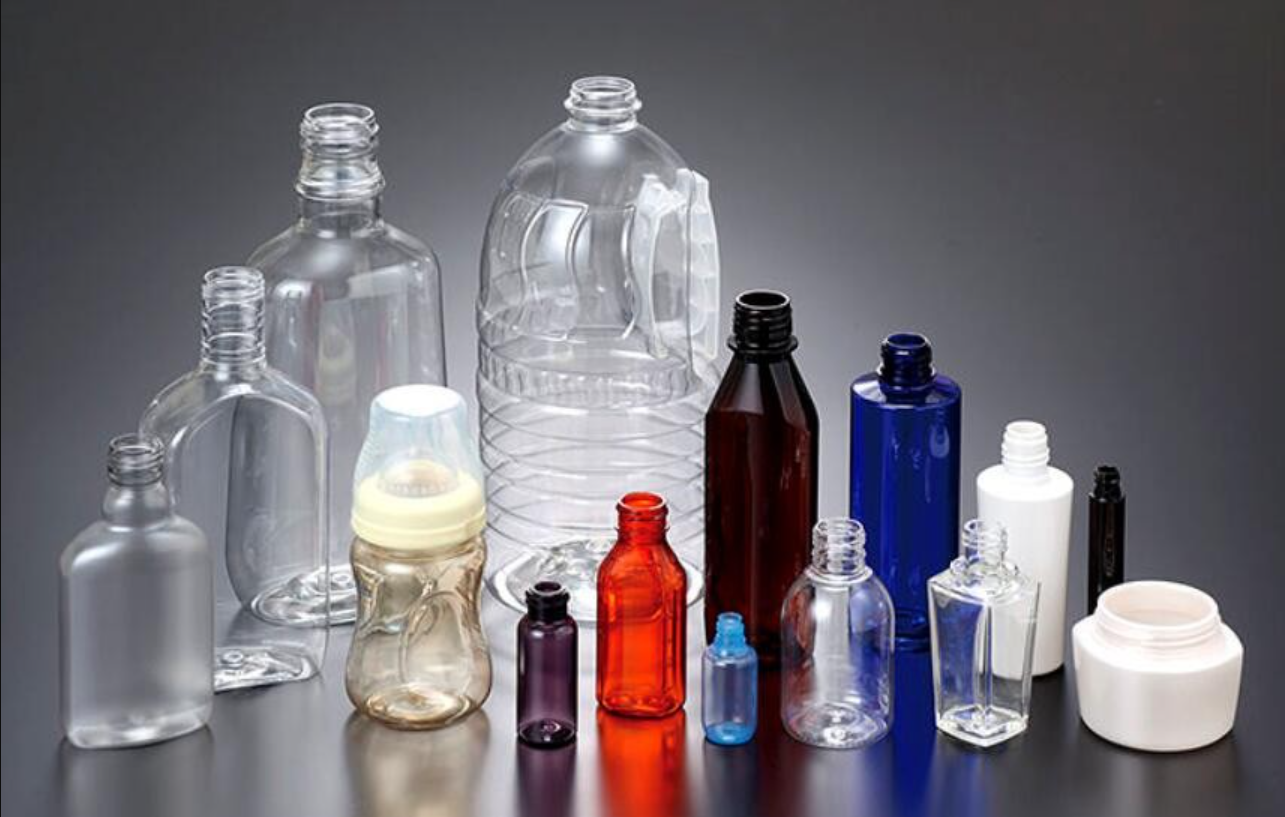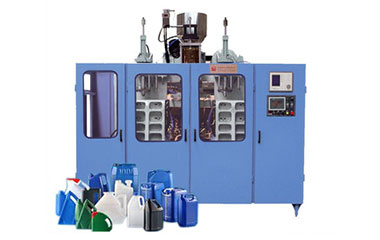
2024.3.14
Inquiring minds frequently wonder if they can create molds out of discarded plastic bottles. No, recycled plastic bottles aren’t suitable for making molds. They lack the necessary durability and precision. This investigation explores novel possibilities while embracing sustainability in creative expression. Investigating if it is feasible to use recycled plastic bottles to create molds reveals a universe in which creative inventiveness and environmental conscience coexist. Now let’s identify the magic!

A green option that promotes sustainability and ingenuity for a range of sectors is the creation of molds from recycled plastic bottles. This creative idea helps recycled plastic bottles find new life and use, which lowers the amount of garbage that ends up in the environment. The procedure entails converting recycled plastic bottles into molds, which function as reusable templates for producing other goods. Businesses may reduce their carbon footprint by recycling plastic bottles.
There are several benefits to switching to improve recycled plastic bottles instead of conventional mold-making materials. First of all, it conforms to current environmental goals by lowering reliance on non-renewable resources. Furthermore, using recycled plastic bottles to create molds might reduce production costs, improving a company’s financial stability. Additionally, it stimulates innovation and creativity by pushing the investigation of substitute materials for use in production processes.
It’s crucial to recycle plastic bottles for the environment. They work in manufacturing, construction, and packing. It’s critical to recognize their importance for environmentally responsible actions.
First, old goods come together to make plastic bottles. After that, they undergo melting and cleaning procedures to create new materials. These materials are durable and adaptable, suitable for a range of applications. One way to reduce pollution in landfills and seas is to recycle plastic bottles. Both pollutants and natural resources survive as a result. Additionally, recycling them fights climate change by using less energy and reducing carbon emissions.
Nature and wildlife are also protected when recycled plastic bottles serve a purpose. It keeps plastic from endangering aquatic environments and wildlife. Purchasing items derived from recycled bottles contributes to environmental conservation.
Making molds is a crucial step in the fascinating world of artistic pursuits, as it allows for the accurate and elegant replication of complex patterns. Young learners’ inquisitive minds are sure to get piqued by this fascinating exploration of the art of molding, which reveals the mysteries behind the enchantment.
The technique of generating molds is similar to making a miraculous copy of an object. Imagine being able to replicate a favorite figurine or a one-of-a-kind item whenever you want to. In this fascinating craft, an object is meticulously crafted into a mold, which is an impressionable and flexible imitation. The mold is then filled with materials that solidify into a duplicate. This practical approach is akin to breathing life into art.
The unsung heroes of this creative endeavor are the materials utilized in the mould-making process. Oftentimes, silicone rubber and liquid latex play a major role, encasing themselves around the entire thing. In the meanwhile, the vital function of offering stability and structure is successfully performed by support materials like resin or plaster. Together, these components form a mold that can capture minute features, guaranteeing the replicated piece mirrors its inspiration flawlessly.
The selection of materials used in mold-making reflects a well-planned composition rather than a chance occurrence. While liquid latex’s thickness makes sure it permeates into every crack, silicone’s elasticity makes demolding simple. Plaster or resin used as a supporting cast increases strength and longevity. Knowing these physical characteristics is like having the key to the kingdom of perfect imitation.

The potential for using repurposed plastic bottles in the fascinating field of mold-making.
Because of their versatility, recycled plastic bottles have earned a seat in the limelight when it comes to mold-making. After cooling down and shaped, these bottles can create flexible, cost-effective molds. Their pliability makes it possible to capture minute details, which makes them an adaptable option for artists looking for both accuracy and sustainability.
Recycled plastic bottles provide several notable advantages when it comes to mould-making. Their eco-friendly qualities are in line with the increasing emphasis on sustainability across the world, and they are lightweight, making handling them a delight. It’s important to recognize their limits, too, since some applications may not be able to employ them due to their inability to tolerate high temperatures during molding procedures.
Although using recycled plastic bottles to create molds is an intriguing possibility, there are several obstacles to overcome. The inconsistent makeup and contaminants in the bottles might degrade the mold quality, necessitating careful screening and preparation.
Looking for creative methods to turn used plastic bottles into molds for art projects.
There are many creative options when using old plastic bottles for crafts. Melting bottles to create a flexible mold is one method for deftly capturing details. Another clever technique that demonstrates the creative potential of recycled materials is combining shredded plastic with environmentally friendly binders to make molds.
Making molds out of used plastic bottles requires a combination of ingenuity and resourcefulness. Certain artists form bottles into unique molds using certain heating techniques. Others make intricate creations using 3D printing. These innovative techniques not only improve the craft but also demonstrate the limitless possibilities that come with using repurposed materials to create molds.
Using used plastic bottles as molds may be thrilling, but environmental sustainability and safety come first. When working with hot plastic, artists should have adequate ventilation to ensure the safety of their workstations. Making art sustainably and being environmentally conscientious also go hand in hand with using eco-friendly binders and appropriately discarding leftovers.
Making molds out of used plastic bottles is an eco-friendly and artistic method to express yourself. Artists may create molds that demonstrate their concern for the environment by using their intelligence and creativity. Come along on an environmentally friendly journey where every mold tells a tale.